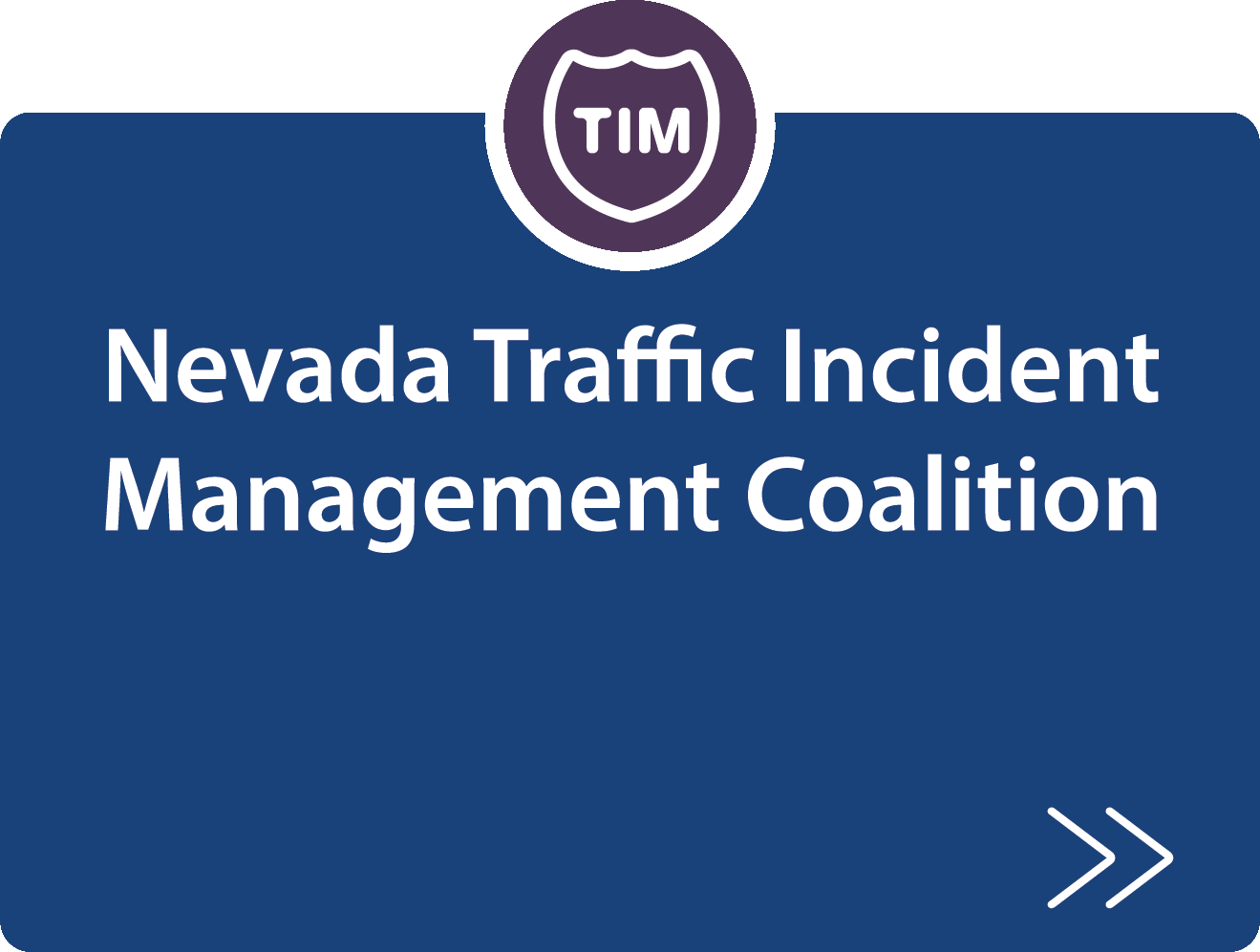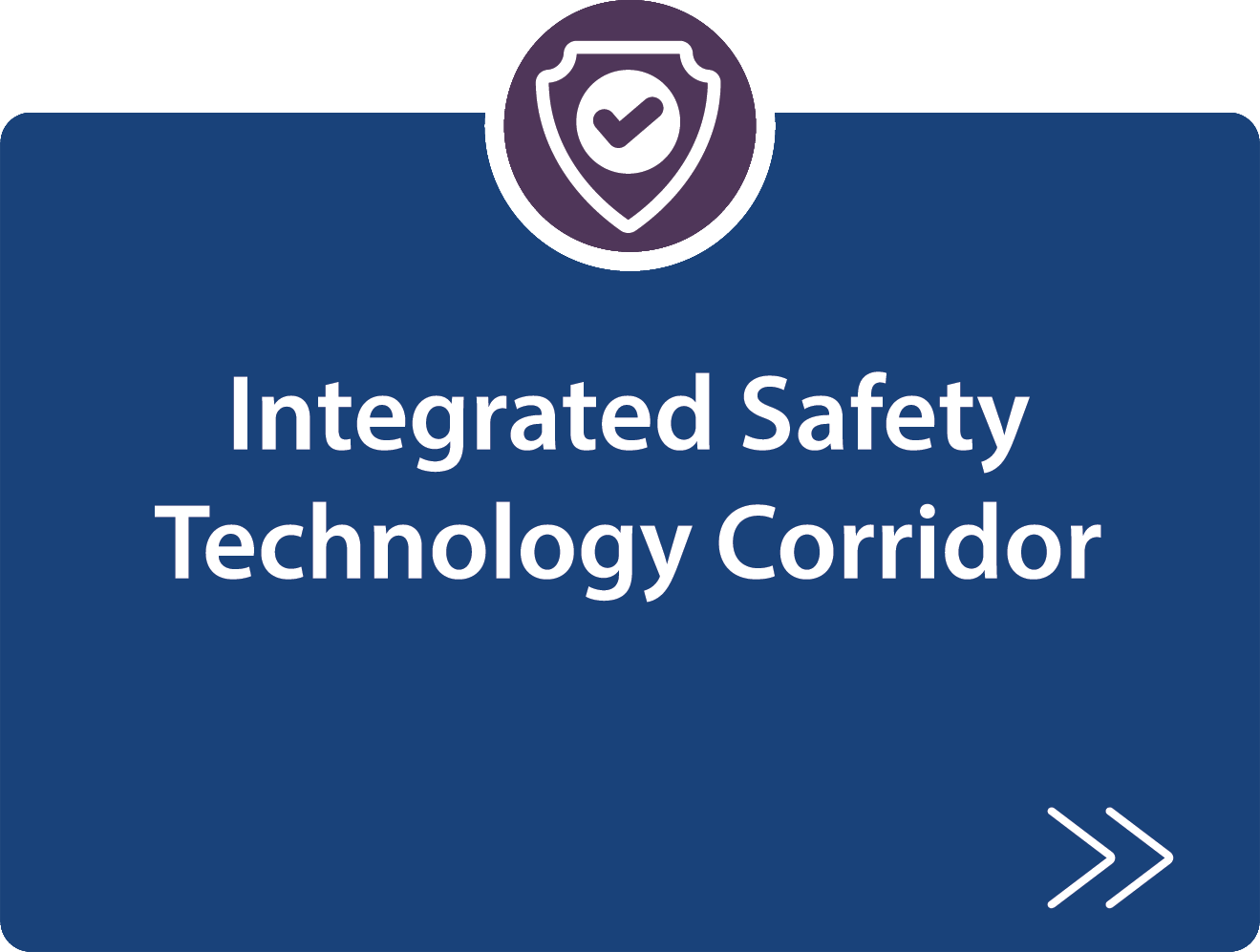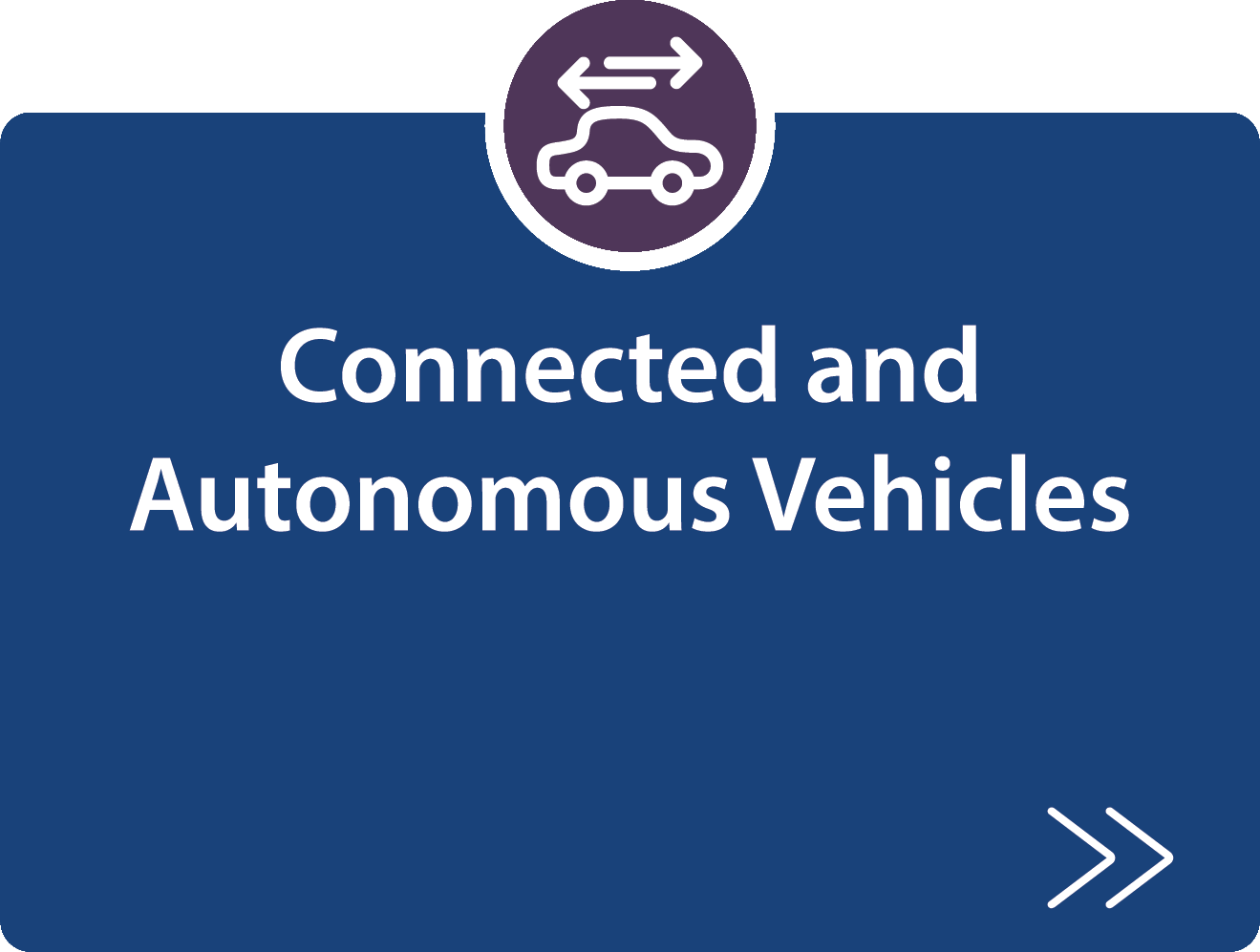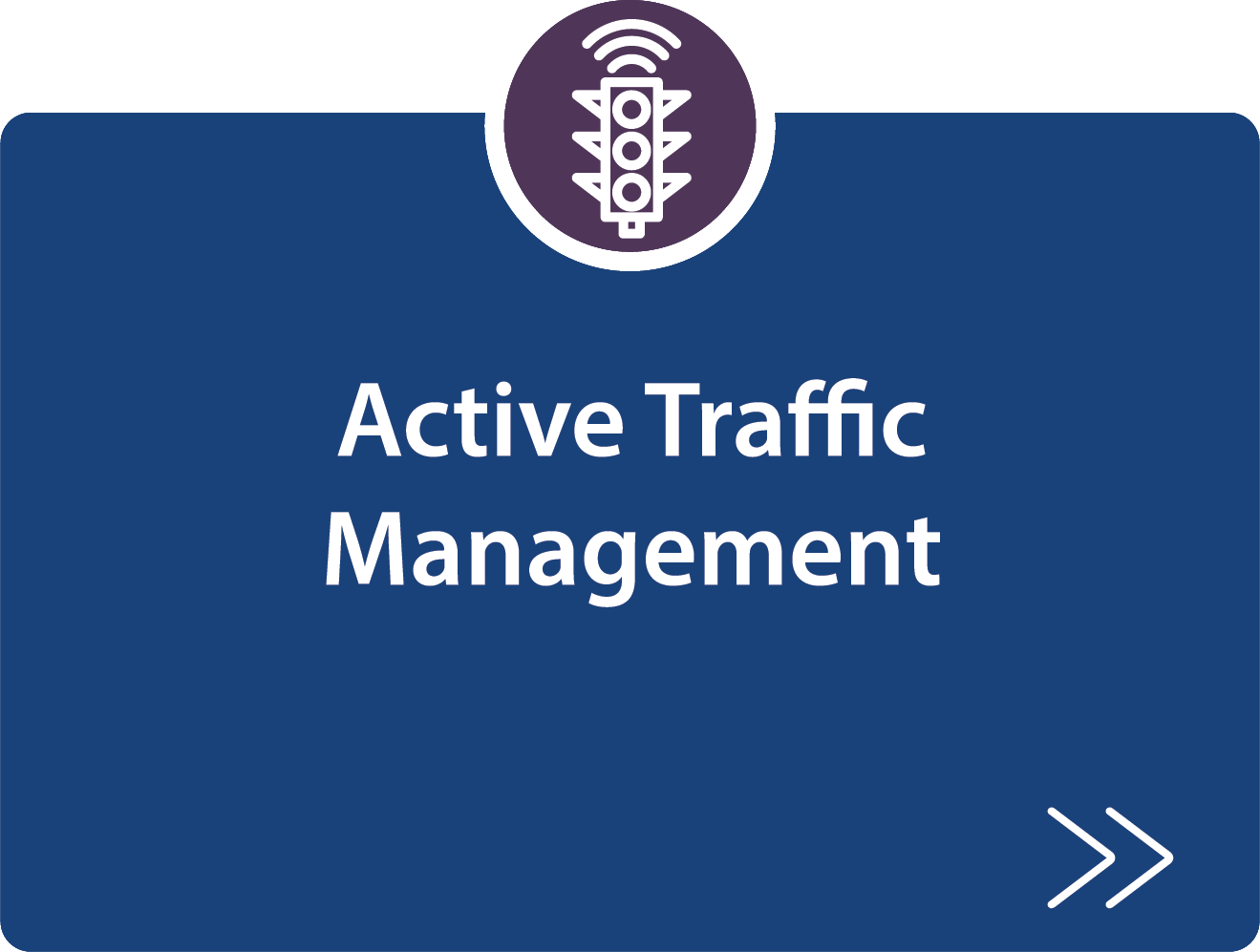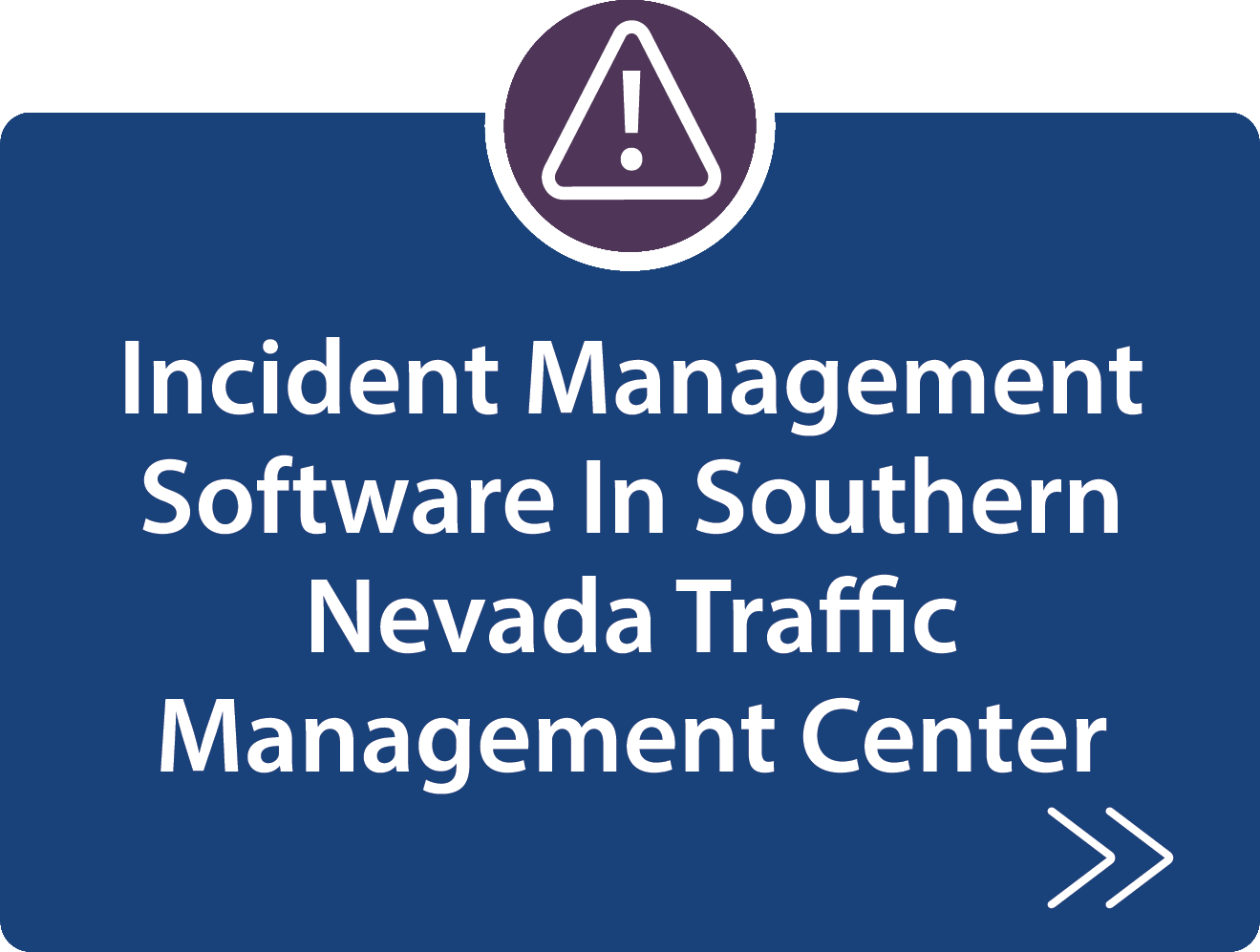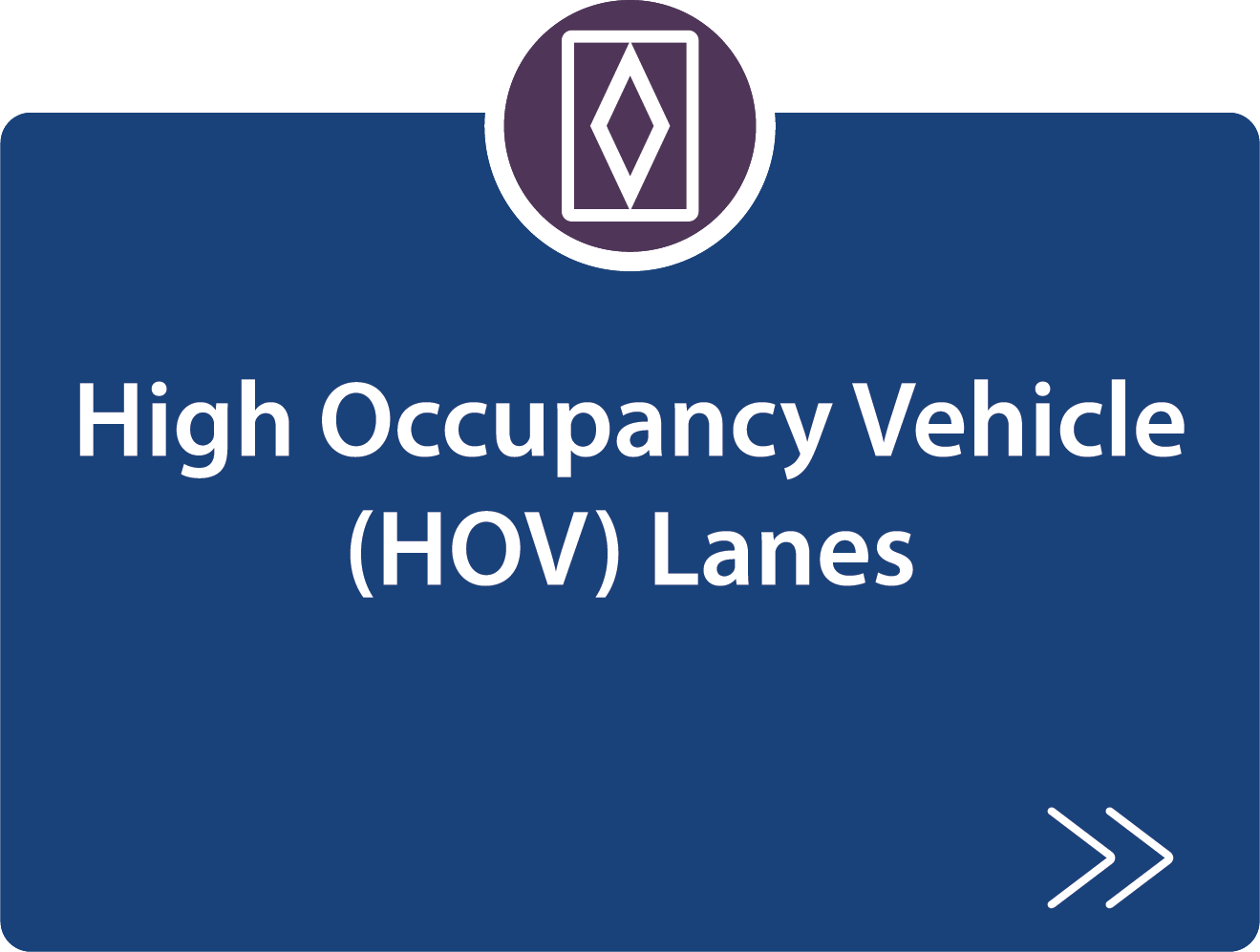NDOT has implemented various TSMO strategies throughout Nevada. All of these strategies and initiatives aim to maximize the safety, efficiency of both existing and planned transportation infrastructure. Some of the initiatives and strategies that NDOT has adopted are discussed below.
 Nevada Traffic Incident Management Coalition
Nevada Traffic Incident Management Coalition

Traffic Incident Management (TIM) is a planned and coordinated process by various public agencies and private sector partners to detect, respond to, and remove traffic incidents to restore traffic capacity as safely and quickly as possible.
Nevada TIM Coalition provides a forum for discussions, incident debriefings, state and regional policies and procedures in order to enhance coordinated response time for safe, quick removal of incidents from the roadway. TIM meetings are open to TIM Coalition members.
Discover more about Nevada Traffic Incident Management on the Nevada TIM Website.
 Connected and Autonomous Vehicles
Connected and Autonomous Vehicles
Connected Vehicles (CVs) share transportation information with other vehicles (V2V), the infrastructure (V2I), or with any entity in the transportation system such as pedestrians, vehicles, transportation infrastructure, and wireless networks (V2X).
Autonomous Vehicles (AV’s) use information from internal sensors to detect and navigate within the roadway environment. These vehicles operate in isolation from other vehicles. There are different levels of AV’s depending on the level of automation:
Levels of Automation
A Connected and Autonomous Vehicle (CAV) has both in-vehicle sensors and connectivity with other vehicles and roadway infrastructure. CAVs have the potential to provide a lot of benefits such as:
- Reducing travel times
- Improving the safety of the transportation system
- Enabling new models of vehicle ownership
- Enabling new business models
- Changing the need for future long-term capacity expansion projects
- Reducing the need for parking
While CAVs offer many potential benefits, there are still many challenges that are associated with the adoption of CAVs:
| Deployment Issues | Policy Issues | Operational Issues |
|---|---|---|
| Security | Need for National Standards | Impact on urban and rural mobility |
| Extent and availability of Communications | New Liability and Insurance Regulations | Role of the private sector |
| Public Acceptance | Need for process for approving AVs for public use | Impact on today’s workforce |
| Interoperability | Expectation of the public sector | |
| Need for real-world testing | Need for AVs to co-exist with driver operated vehicles |
For more information, visit Nevada Automated and Connected Vehicles Page.
 Work Zones
Work Zones
Work zone areas present several hazards for motorists. Examples of such hazards include traffic congestion due to reduced lanes, uneven roadways or shoulders, and construction equipment on or near the roadway. TSMO strategies can be used to mitigate the risk posed by some of these hazards. In 2019, NDOT published the “Work Zone Safety and Mobility Implementation Guide” whose purpose is to establish the fundamental principles, roles, responsibilities, and procedures for systematically addressing the safety and mobility impacts of work zones and developing strategies to help manage these impacts.
The Guide establishes state-wide processes and procedures as well as project-level procedures to address the impacts of work zones. A key principle advanced by the Guide is that work zone mitigations should be customized to the specific needs of each work zone.
A copy of the 2019 Guide can be found here.
Some examples of how NDOT has incorporated TSMO into work zone areas include:
NDOT Smart Work Zone: NDOT has implemented multiple Smart Work Zone projects within the state of Nevada. An example is a deployment on SR160 to address traffic disruptions caused by a widening project. As part of the project, NDOT deployed a queue warning and dynamic travel time system to provide the road users with critical construction information in a timely manner. The components include:
- Monitoring of traveling speeds of traffic
- Speed thresholds reached, pre-programmed messages update
- The solar battery charging system
- Portable and easy to setup
- Ability to view live traffic data
- Waze connected
- Self-contained operating system
Visit the Nevada Zero Fatalities Website to learn more about work zones in Nevada.
 Advanced Traffic Management System
Advanced Traffic Management System
NDOT is deploying an Advanced Traffic Management System (ATMS) to modernize statewide freeway operations. This initiative is a next-generation solution designed to improve safety, reduce congestion, and enhance overall traffic management across Nevada’s freeway network.
ATMS provides real-time situational awareness through video camera integration, traffic sensors, weather sensors, and other interfaces. The system automates tasks, such as modifying speed limits, coordinating with crowdsourced real-time navigation applications, and posting messages on roadside signs. This automation improves response times, accelerates incident clearance, and minimizes the environmental impact of traffic congestion.
In addition, NDOT is upgrading its Advanced Traveler Information Systems (ATIS), known as Real-time Travel-IQ. This upgrade enhances the Nevada 511 website, mobile app, Event Reporting System (ERS), and Interactive Voice Response (IVR) systems. This will enable real-time, personalized, and accessible travel information to the public and offer up-to-date details on traffic, road conditions, and live video feeds, enhancing road safety and community engagement.
 Advanced Transportation and Congestion Management Technologies Deployment
Advanced Transportation and Congestion Management Technologies Deployment
This section is currently under development, and exciting updates are on the horizon! Please check back soon for the latest content.
 Advanced Traveler Information System
Advanced Traveler Information System
An Advanced Traveler Information System (ATIS) is a technology-based system designed to acquire and analyze real-time information and present it to travelers, helping them make informed decisions. ATIS aims to enhance mobility, reduce congestion, and improve safety by delivering relevant and timely information through various communication channels. Relevant information may include locations of incidents, weather and road conditions, optimal routes, recommended speeds, and lane restrictions.
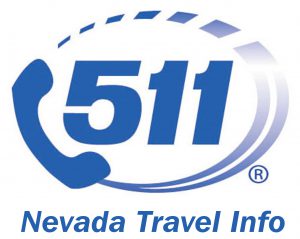
511 Nevada Travel Info is a free phone and web service that brings together traffic and transportation information into a one-stop resource for commuters and motorists in Nevada. 511 Nevada provides up-to-the-minute traffic conditions and is available by phone and on the Internet seven days a week, 365 days a year.
Traffic and travel information offered on the 511 Nevada website and telephone phone service is managed by a partnership of public agencies led by the NDOT. Data is provided by traffic monitoring devices on Nevada’s roads such as traffic cameras and travel time sensors.
511 Nevada provides motorist information about crashes, construction, scheduled maintenance, weather, and other conditions on Nevada Interstate and state highways. It offers real-time traffic and travel information seven days a week, 365 days a year. In addition, 511 Nevada broadcasts AMBER alerts and other statewide emergency messages.
511 Nevada greatly benefits motorists and commuters. By using any of the 511 Nevada resources, motorists can make informed decisions about planning trips, possible alternate routes, and departure times. This can improve individual drivers’ trips, helps reduce congestion and improve safety on state highways. 511 Nevada also provides a personalized traveler service (My511NV) to help motorists better navigate Nevada’s highways. This is a free subscription-based service that allows users to customize the traveler information that is important for them and to select specific event information along user-defined routes to be delivered right to a subscribers’ cell phone or e-mail accounts.
 Active Traffic Management
Active Traffic Management
The graphic below illustrates the recurring and nonrecurring factors that contribute to congestion in the United States. Recurring congestion accounts for about 45 percent of all congestion in the United States while nonrecurring congestion accounts for 55 percent of all congestion.

Agencies conduct freeway management and traffic operations through policies, strategies, and actions that enhance mobility and combat recurring congestion in the freeway environment. Strategies to address recurring congestion include roadway widening and bottleneck removal, operational improvements, ramp management and control, and managed lanes. Mitigation techniques for nonrecurring congestion include better management of incidents, work zones, road weather, and planned special events that impact the roadway. All of these strategies look to optimize the use of existing transportation facilities.
Active Traffic Management (ATM) techniques target collisions that result from both recurrent and non-recurrent congestion and are a tool that can improve safety and throughput and may be used as an interim strategy to enhance the efficiency of corridors that may ultimately receive major capital investments.
The Las Vegas metropolitan area relies on a network of Intelligent Transportation System (ITS) technologies to manage traffic on both freeways and arterial roads, all coordinated through a central management system. With a need to put greater focus on congestion management on key freeway corridors, NDOT identified the opportunities to include ATM applications in the state.
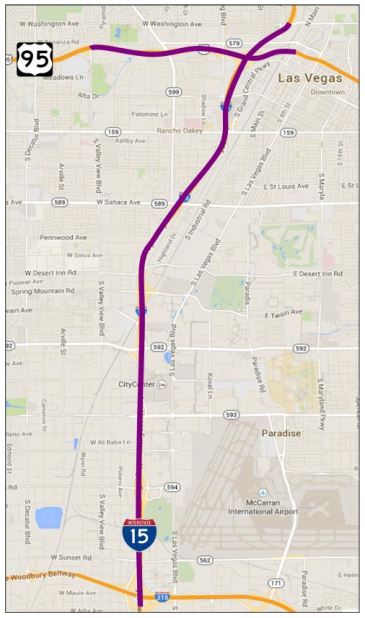
ATM encompasses a variety of applications or strategies that range in complexity and functionality and can be used to provide spot improvements to the transportation system as well as corridor-wide benefits. The NDOT ATM system will use input from roadway sensors as well as human operators at the FAST TMC who are monitoring closed-circuit television (CCTV) cameras and coordination with field personnel and public safety personnel to collect traffic condition data. The data will be processed and used to actuate various roadside systems, such as lane control signs, in near real-time to dynamically manage traffic based on prevailing conditions.
The goal for this NDOT initiative in Las Vegas is to improve traffic flow and safety through the use of dynamic lane management, queue warning, and speed harmonization (variable speed limits). Within the corridor, NDOT plans to consider the use of strategies to improve merge control near the on-ramps to I-15 and US-95 as well as near the freeway-to-freeway interchange and to improve the operation of existing metered entrance ramps using adaptive and dynamic control strategies.
In addition to deploying software and field equipment, this ATM deployment should be accompanied by outreach activities to introduce and integrate other agencies and the public into the ATM system. Updated incident management procedures should be developed by FAST, in partnership with NDOT, Nevada Highway Patrol (NHP), and other incident responders, that leverage the ATM deployment’s data, traffic management capabilities, and traveler information dissemination capabilities. It is anticipated that NDOT and its operational partners, including FAST, NHP, and other incident responders will collaborate to develop and implement incident and event management protocols for the transportation network around the ATM deployment to allow for enhanced response and management of traffic-related incidents and events on the corridor.
The full Concept of Operations plan for NDOT’s Active Traffic Management can be accessed from the link below:
Find more information about NDOT ATM on the Nevada Active Traffic Management Page and the Statewide ITS & ATM Master Plan Page.
 High Occupancy Vehicle Lanes
High Occupancy Vehicle Lanes
What Are High Occupancy Vehicle (HOV) Lanes and Where Are They Located?
HOV lanes are dedicated lanes to be used exclusively by vehicles with two or more people–including buses, carpools, and vanpools. HOV lanes are in Las Vegas on U.S. 95 from Ann Road to the Spaghetti Bowl and on I-15 from the Spaghetti Bowl to Silverado Ranch Boulevard. HOV lanes can reduce travel time compared to general-purpose lanes and can move substantially more commuters than general-purpose lanes.
What Are the Benefits of HOV Lanes?
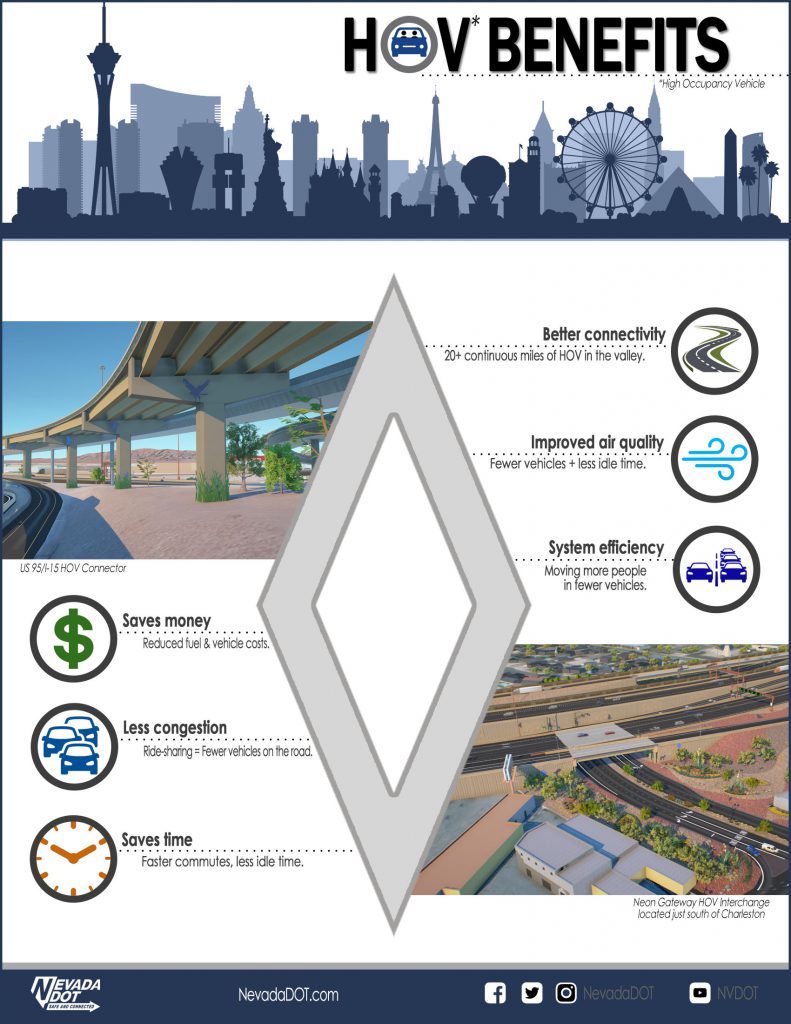
HOV lanes can reduce peak-period travel time compared to general-purpose lanes and can move substantially more commuters than general-purpose lanes. HOV lane users experience less congestion, arriving at their destinations more quickly than those who do not carpool. It also costs less to ride a bus or to share a ride than to drive alone every day. Other benefits include a more reliable commute and less stress. The community also benefits. HOV lanes provide a better use of infrastructure and can serve more people than general-purpose lanes.
HOV Plan
The Nevada Department of Transportation has updated the Southern Nevada High-Occupancy Vehicle (HOV) Plan. The purpose was to update the previous plan (completed in 2007) based on the current conditions in Southern Nevada, including recently completed projects and Project NEON, and use the most recent analysis tools. Implementation of HOV lanes, or carpool lanes, is one method of maintaining mobility in congested freeway corridors. The HOV plan update focused on the near-term HOV system in Southern Nevada, including Project NEON’s direct connector between I-15 and US 95 and the conversion of past I-15 express lanes to one HOV lane and one additional general-purpose lane. In addition, evaluations and recommendations for the long-term HOV system, direct access ramp locations, and operations of the HOV system were included. The HOV system was evaluated utilizing the Southern Nevada RTC’s 2035 Regional Travel Demand Model with the Mode Choice Element.
Visit the Nevada HOV Lanes page to learn more about HOV Lanes in Nevada.

